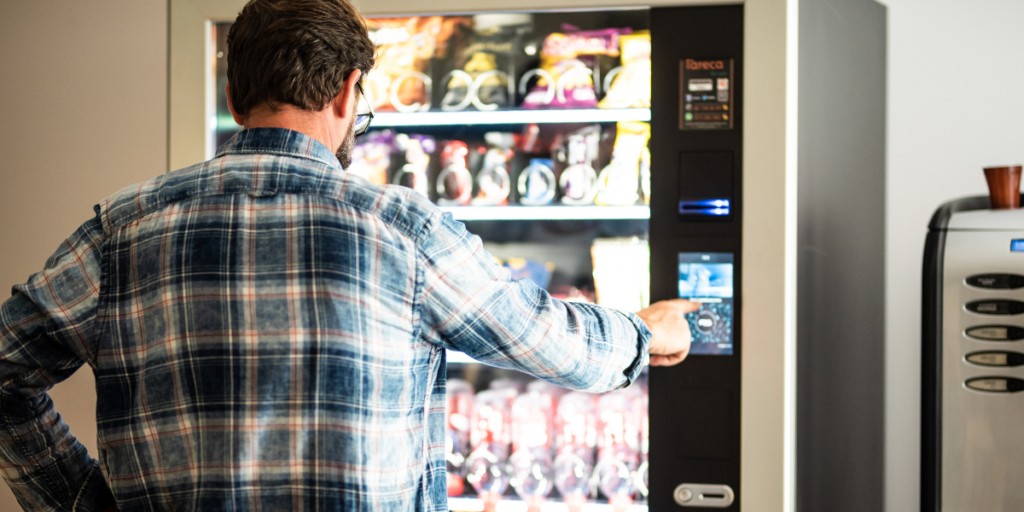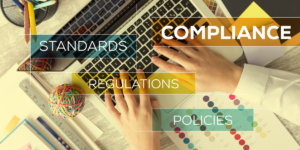Highly productive individuals are often viewed as exceptionally efficient, consistently overcoming challenges that hinder the average person. By understanding the strategies and habits that these individuals employ, you can apply similar practices to increase your own productivity. Below are key techniques that the most efficient people use to tackle everyday work obstacles such as procrastination, monotony, distractions, and maintaining energy throughout the day.
💡 You can also download this resource as a PDF here.
Key Strategies to Boost Productivity
1. Prioritize the Most Important Tasks (MITs)
Highly productive people focus on completing the Most Important Tasks (MITs) first. The rationale behind this is simple: not all tasks on your to-do list are equal in importance. If you only focus on checking off easy tasks, you may neglect the more critical ones. Start each day by identifying the 1–3 tasks that must be accomplished and dedicate time to them before moving on to less urgent items.
2. Cultivate Deep Work
The concept of deep work, as outlined by Cal Newport, emphasizes the value of uninterrupted, focused work on cognitively demanding tasks. To harness this, schedule regular blocks of time for deep work, ideally in the morning when energy levels are higher. Minimize distractions by reducing email checking and social media use and train yourself to embrace boredom rather than seeking out constant stimulation.
3. Create a Distraction List
Distractions are inevitable, but keeping a distraction list can help you stay focused. When an idea or task pops into your mind while working, jot it down and continue with your current task. This method, inspired by the Pomodoro Technique, allows you to address the distraction later without interrupting your workflow.
4. Use the Eisenhower Matrix
To determine which tasks deserve your attention, the Eisenhower Matrix can be invaluable. By categorizing tasks into “urgent vs. important,” you can avoid spending time on activities that are neither urgent nor important. This matrix helps you focus on long-term goals by spending more time on important, but not urgent, tasks, and delegating or eliminating less critical tasks.
5. Apply the 80/20 Rule
The 80/20 rule (or Pareto Principle) suggests that 80% of results come from just 20% of efforts. To work more efficiently, identify the 20% of tasks that contribute most significantly to your goals and focus your energy on those. Minimize or eliminate the other 80% that has less impact.
6. Break Large Tasks into Smaller Steps
Large, daunting tasks can often lead to procrastination. Combat this by breaking these tasks into smaller, more manageable steps. This approach helps you make progress without feeling overwhelmed. For example, instead of “write a blog post,” break it down into specific steps like researching keywords, outlining, and drafting sections.

7. Take Scheduled Breaks
No one can maintain focus for hours on end. Scheduled breaks are essential for maintaining productivity throughout the day. Techniques like the Pomodoro Method suggest working in 25-minute intervals followed by short, 5-minute breaks. These breaks recharge your mind and prevent burnout.
8. Simplify Decision-Making
Highly productive people focus on completing the Most Important Tasks (MITs) first. The rationale behind this is simple: not all tasks on your to-do list are equal in importance. If you only focus on checking off easy tasks, you may neglect the more critical ones. Start each day by identifying the 1–3 tasks that must be accomplished and dedicate time to them before moving on to less urgent items.
9. Minimize Inefficient Communication
Email and meetings are significant time drains in most work environments. To increase efficiency, send clear, concise emails that reduce the need for follow-up questions. Scheduling meetings in advance and keeping them focused will also help reduce wasted time.
10. Automate Repetitive Tasks
Repetitive tasks are ideal candidates for automation. Identify tasks that you perform regularly and look for tools or technology that can handle them more efficiently. This could involve automating reports, using keyboard shortcuts, or streamlining workflows with project management software.
11. Learn from Both Successes and Failures
Highly productive people focus on completing the Most Important Tasks (MITs) first. The rationale behind this is simple: not all tasks on your to-do list are equal in importance. If you only focus on checking off easy tasks, you may neglect the more critical ones. Start each day by identifying the 1–3 tasks that must be accomplished and dedicate time to them before moving on to less urgent items.
12. Plan for the Unexpected
It’s impossible to anticipate every obstacle, but planning for contingencies can help you adapt when things go wrong. Build flexibility into your schedule to handle unexpected events or interruptions without derailing your productivity.
13. Work Before You Get Inspired
Inspiration often comes after you begin working. Rather than waiting for motivation, take action first. Breaking tasks into smaller steps can help you get started, and as you progress, motivation will naturally follow.
14. Avoid Multitasking
Research consistently shows that multitasking reduces productivity and the quality of work. Instead of juggling multiple tasks at once, focus on completing one task at a time. This allows you to maintain a higher level of focus and efficiency.

15. Recharge Your Energy
Your energy is as crucial as your time when it comes to productivity. Ensure that you are getting enough sleep, exercise, and nourishment. When you are well-rested and physically healthy, you will be able to maintain higher levels of focus and work more efficiently.
16. Sharpen the Axe
Productivity isn’t just about working harder; it’s about working smarter. Dedicate time to improve your skills and efficiency. Whether through training, learning new tools, or refining your techniques, continuous improvement ensures that you can handle tasks more effectively in the future.
17. Manage Your Energy
Efficient time management is essential, but energy management is just as important. Pay attention to when you are most alert and tackle your most challenging tasks during these peak hours. As your energy wanes, shift to less demanding work.
18. Learn to Say “No”
Overcommitment is a productivity killer. By learning to say no to non-essential tasks or opportunities, you protect time for your most important priorities. It’s difficult but necessary for maintaining focus and efficiency.
Conclusion: Mastering Productivity
Becoming more productive is a gradual process. While there is no shortcut to productivity, adopting small, strategic changes in how you work can lead to significant improvements over time. The most productive people are not necessarily the most talented, but they have developed effective strategies to manage their time, focus on what truly matters, and maintain energy throughout the workday.
To recap, here are the core principles of high productivity:
- Prioritize your most important tasks.
- Focus on deep work without distractions.
- Simplify decision-making to conserve energy.
- Take care of your physical and mental well-being.
- Learn from both successes and mistakes.
- Plan for unforeseen challenges and interruptions.
Remember, productivity is not just about getting more done—it’s about getting the right things done efficiently and effectively.
About the Author: Jennifer Lemke has been in the K-12 student services industry since 2016, bringing expertise in business operations, office management, and contract oversight. At Go Solutions, she manages renewals, quality control, and proposal content while ensuring contract accuracy. Her attention to detail and ability to analyze complex information allow her to craft clear, precise documentation that supports business development, sales, and marketing initiatives. Through research and special projects, she helps drive informed decision-making and strategic growth.





